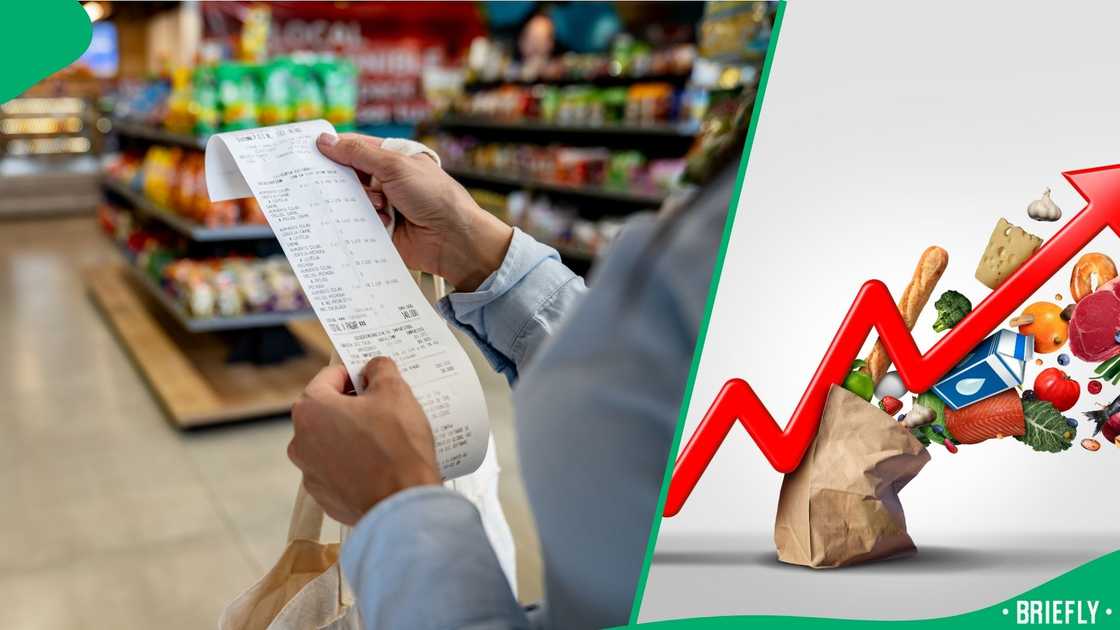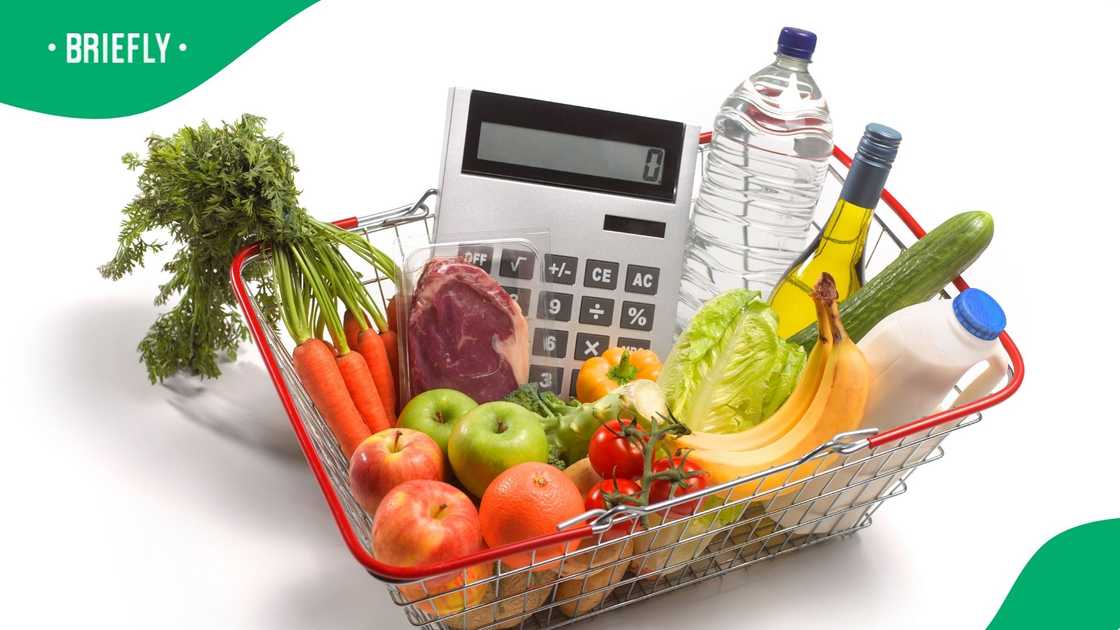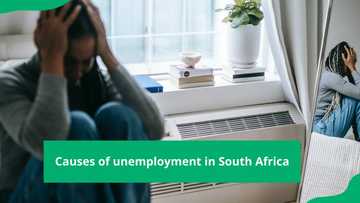South Africa's Consumer Food Price Inflation Continues To Slow
South Africa ended 2024 with a slowing food inflation path. The start of 2025 has continued on a similar path. The recently released data by Statistics South Africa shows that consumer food price inflation slowed to 1.5% in January 2025 from 1.7% in December 2024, writes Wandile Sihlobo.
Wandile Sihlobo is the Chief Economist of the Agricultural Business Chamber of South Africa (Agbiz) and the author of two books, “A Country of Two Agricultures: The Disparities, The Challenges, The Solutions” and “Finding Common Ground: Land, Equity and Agriculture“. He is a Senior Lecturer Extraordinary at the Department of Agricultural Economics at Stellenbosch University.

Source: Getty Images
An important clarification is necessary here: we must remember that lower food inflation does not equate to lower prices. Inflation is the pace of price changes or increases. Therefore, while that pace has slowed to 1.5% in January 2025, some food item prices are still rising. For this reason, some people tend to dismiss the slowing inflation figures and say they don't feel such price inflation moderation in their spending.
Now, back to the data, this deceleration was underpinned by most products in the food basket, particularly "meat," "fish and other seafood," "milk, other dairy and eggs," and "fruit and nuts."
Essentially, the base effects and the recovery in supplies of various products continue to be the primary drivers of the slowing rate of food price increases.
PAY ATTENTION: Briefly News is now on YouTube! Check out our interviews on Briefly TV Life now!
Looking at the challenges
At the start of 2024, the challenges of lower vegetable supplies following the impact of load-shedding on irrigation the previous year and the tail-end effects of avian influenza on poultry were the topical issues underpinning food price inflation. We are far from that scenario now, and supplies have recovered.
The outlook for 2025 remains promising that consumer food price inflation could be relatively comfortable.
The recent rains across South Africa have benefitted agricultural production, and farmers planted a decent area of crops. For example, the first production estimates for 2024-25 summer grains and oilseeds, released at the end of February 2025, suggest a better harvest. The Crop Estimates Committee forecasts the harvest at 17.2 million tonnes, up 11% from the previous season. This comprises maize, sunflower seeds, soybeans, groundnuts, sorghum, and dry beans.

Read also
Naspers-owned Prosus buys Just Eat Takeaway.com for nearly R80 billion, eyes European dominance
The expected yield improvements support better harvest prospects. The overall area planted is 4.4 million hectares, roughly unchanged from last season.
As this is a preliminary production estimate and may not completely reflect the benefits of the widespread rains in the final two weeks of February, we could expect further upward revisions in the months ahead. After all, there are nine more estimates to be published monthly.
The maize season
A closer look at the maize data -- a major staple grain -- shows the first maize production estimate at 13.9 million tonnes, up 8% year over year (y/y). About 7.4 million tonnes is white maize (up 22% y/y), and 6.5 million tonnes is yellow maize (down 4% y/y). The difference is caused by the area switch, with white maize taking a more significant area and the yield expectations.
The prospects of a better maize season have already added downward pressure on prices. For example, on 27 February 2025, the white maize spot price closed at R5 500 per tonne, down roughly 18% from mid-January (although still up about 30% year over year). The yellow maize spot price was around R4 780 per tonne, down 16% from mid-January (albeit up by roughly 26% year over year).
If the production forecasts are lifted further in the coming months, as we suspect, the maize prices may continue on this moderating path. This could be good for consumer food price inflation.

Source: Getty Images
Grain-related food products
Importantly, this would mean a better inflation path for grain-related food products in the inflation basket, which would moderate in the year's second half. The first half may see mild increases, reflecting the recent higher grain prices in the country, which have yet to be reflected at the retail level.
Importantly, for the long term, expected maize production for the 2024-25 season is well above South Africa's annual maize needs of about 11.8 million tonnes.
We see similar and better production conditions for fruits and vegetables. The recent rains have improved the dam levels, which will be beneficial throughout the year.
We suspect that poultry products and other red meat prices could increase moderately in the coming months because of higher feed costs, mainly soybeans and yellow maize prices, which are elevated as the country awaits a new crop season.
Still, these product price increases are unlikely to be notable as the consumer is also broadly under pressure, and the demand may still be relatively weak.
The headline Consumer Price Index (CPI) was 3,2% in January 2025, up from 3,0% in December 2024. Therefore, food is getting cheaper in real terms
PAY ATTENTION: Follow Briefly News on Twitter and never miss the hottest topics! Find us at @brieflyza!
Source: Briefly News

Briefly.co.za Team

Wandile Sihlobo (Chief Economist of the Agricultural Business Chamber of South Africa) Wandile Sihlobo is the Chief Economist of the Agricultural Business Chamber of South Africa and author of 'The Uncomfortable Truth About South Africa’s Agriculture (2025)', 'A Country of Two Agricultures (2023), and Finding Common Ground (2020)'. He is a Senior Lecturer Extraordinary at Stellenbosch University and a Visiting Research Fellow at Wits. Sihlobo serves on President Ramaphosa’s Economic Advisory Council, Stats SA's Council, and as a Commissioner at ITAC.



